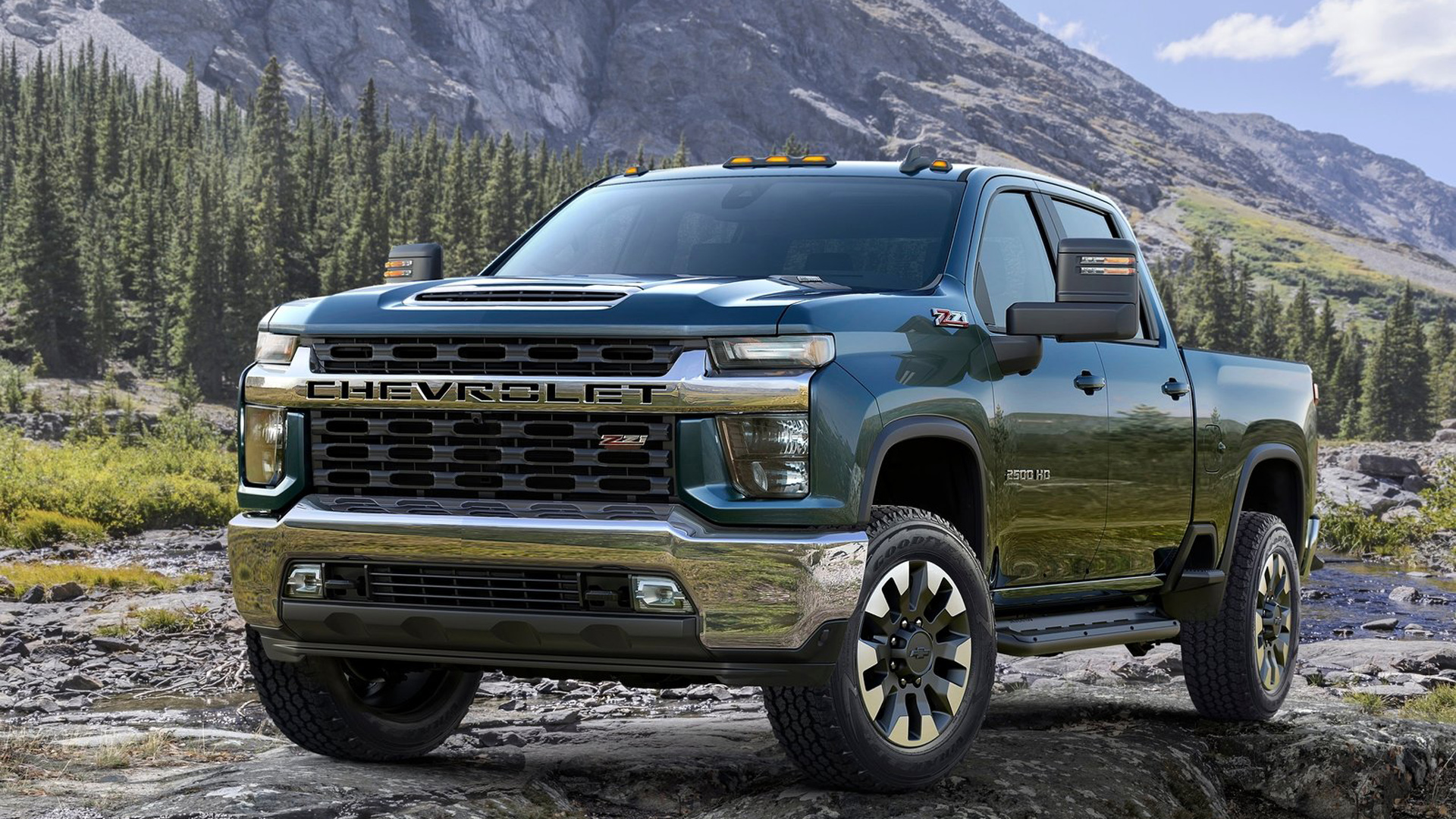

Good morning and welcome back to Speed Lines, The Drive’s morning roundup of the most important transportation news. Today we’re talking about General Motors’ strong truck sales, Volvos with Lidar and how traffic deaths were down again in 2019.
The Trucks Ride To GM’s Rescue
At the beginning of this year, as GM affirmed its commitment to one day becoming a fully electric car company, it seemed poised to pay for that on the strength of America’s love affair with pickup trucks. Now, it seems those trucks will prove to be a lifeline through the coronavirus pandemic instead.
GM announced it managed to eke out a $294 million profit in Q1 of 2020, despite a calculated $1.4 billion impact from the viral outbreak that has shuttered factories and ground new vehicle sales to a halt. In spite of that, truck sales were actually up from last year’s Q1—the automaker moved some 210,000 pickups and SUVs from the Chevrolet brand alone, a number that helped offset plunging sedan sales.
It’s the best and, frankly, only good Q1 report from any of the Detroit automakers. Ford and Fiat Chrysler both posted net losses of about $2 billion in the same period. Ford warned that steeper losses are yet to come, and remember that it’s not entering into this pandemic in exactly the strongest situation.
GM also reaffirmed its plans to get most North American plants started up again by May 18, a mere 12 days from now. FCA is aiming for the same day.
Volvo Goes For Lidar On Customer Vehicles
Elon Musk has said that Lidar is “expensive, ugly and unnecessary,” and has said any automaker using it on consumer applications is “doomed.” And he’s right on probably two of those things: Lidar systems can run $75,000 or more.
Clearly, the folks in Sweden see things differently, as Volvo announced big plans to deploy Lidar on its cars to aid semi-autonomous driving by 2022. Here’s The Verge on that:
It’s an ambitious plan that carries its own risks and sets Volvo apart from its competitors, many of which are planning to launch self-driving technology as part of fleets of robotaxis rather than production cars for personal ownership. They argue this will help amortize the costs of not just the LIDAR, but also the high-powered computing power needed to enable self-driving cars. But Volvo believes that by limiting the operational domain — or conditions under which the car can drive autonomously — to just highways, it is creating vehicle technology that is not only safer, but less costly as well.
“We are saying that for a particular stretch of highway, we are aiming for an unsupervised experience,” Henrik Green, Volvo’s chief technology officer, told The Verge. “Our view is that by isolating the domain to particular sets of highways, which we can control and verify, we believe that’s the safe entry into autonomous technology and autonomous experience for users.”
Volvo says it will roll out its self-driving highway feature, dubbed “Highway Pilot,” as part of its next big platform update, the Scalable Product Architecture (SPA2), which will arrive with the next-generation XC90 SUV in 2022. SPA2 will also underpin the automaker’s upcoming electric vehicles, the Polestar 3 SUV and the XC40 Recharge.
Volvo is invested in a Lidar company called Luminar, and the new cars will use those systems. And Luminar thinks it can get costs way, way down—maybe to $500 for semi-autonomous driving and $1,000 for autonomous applications.
This is a bold move that sets Volvo up to be very different from its competitors in the self-driving technology game. I’m eager to see what it looks like on their cars, and more importantly, what it will really cost the consumer.
Some Good News?
Good news is in short supply these days, but it’s nice to hear that U.S. road deaths were down in 2019, the third consecutive year of declines. That’s in spite of the fact that people are—or were, rather—driving more. Here’s Reuters:
The National Highway Traffic Safety Administration (NHTSA) reported an estimated 36,120 people died in motor vehicle traffic crashes last year, down 1.2% from 36,560 in 2018, even as travel rose 0.9% to 3.23 trillion miles.
The fatality rate was 1.10 per 100 million vehicle miles traveled, down from 1.13 in 2018. Last year was tied for the second lowest annual fatality rate in U.S. history.
“We’ve continued focusing on the behaviors that we all know are unsafe: failing to wear a seat belt, speeding, driving while impaired, driving while distracted,” Deputy NHTSA Administrator James Owens said in an interview.
It will be very interesting to see how 2020’s numbers shake out. People are driving far less, but speeding is way up due to the empty roads. In Massachusetts alone, road deaths were up 50 percent just in April. Drive safely, please.
On Our Radar
Law Firms Gear Up for Expected Jump in Bankruptcies (WSJ)
As U.S. auto supply chain revs up, worker safety fears linger in Mexico (Reuters)
The Relentless Startup Fast-Tracking Ford’s Self-Driving Cars (Wired)
Read These To Seem Smart And Interesting
‘Westworld’ and ‘Devs’ Asked Big Questions. A Physicist Responds. (NY Times)
Keep Your Scheduled Vacation Days — It Might Be the Only Chance You Really Have to Do Nothing (MEL Magazine)
All 143 Willie Nelson Albums, Ranked (Texas Monthly)
Your Turn
Are you planning on buying a pickup truck anytime soon?